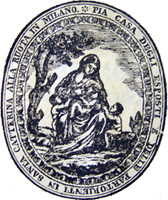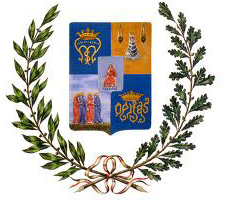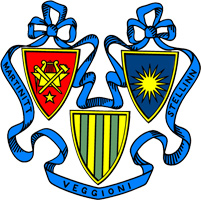congregazione di carità
The network of cultural heritage of charitable institutions of Milan "Congregazione di Carità" (Congregation of Charity).
The welfare Milan is characterized by a variety of charities, welfare and health of ancient
foundation. Many of them are strongly linked to the Maggiore Hospital ancient times, and were
administered jointly by the “Congregazione di Carità” Napoleon between 1808 and 1825. The bodies are
closely interconnected and shared in the past have often benefactors, administrators and patients. They
also possess a vast and diverse cultural heritage represented by: archives, bibliographic collections,
stock photos, artistic heritage, collections of scientific and technological tools, objects and furniture,
architectural and landscape, oral sources, through which we can reconstruct, in addition to their history,
the social, political, economic and artistic area of Milan and Lombardy. In recent years we have established
regular relationships between different services in charge of cultural heritage.
The network of solidarity between the eighteenth and nineteenth centuries the city of Milan has been
illustrated by the exhibition
"La scienza della carità"
at the Istituto dei Ciechi.
ARCHIVIO STORICO DEL SETTORE POLITICHE SOCIALI - PROVINCIA DI MILANO
(HISTORICAL ARCHIVE OF SOCIAL POLICY)

Click on image to view the website
The Settore Politiche Sociali Historical archive (Social Policies)
based in Viale Piceno, collects the documentation produced by the bodies which
have provided support to children, to pregnant women and alienated in the territory of Milan. These skills,
before the unification of Italy, were in-chief to the Maggiore Hospital of Milan. The Provincial Archives of
the Istituto provinciale protezione e assistenza infanzia - IPPAI (protection and assistance for childern)
will retain, among others, the testimony of the activity of the Ospedale Maggiore from the mid fifteenth
century, and the work of the "Pia Casa degli esposti e delle partorienti in Santa Caterina alla Ruota"
by it administered between 1779 and 1865. The archive also contains some of the documentation produced
by the Federazione milanese dell’Opera Nazionale Maternità e Infanzia (ONMI).
AZIENDA DI SERVIZI ALLA PERSONA (ASP) GOLGI-REDAELLI

Click on image to view the website
The ASP Golgi-Redaelli, Milan received the legacy of forty charitable institutions
and brotherhoods which arose from the Middle Ages. The present structure is derived from several
institutional changes: the concentration of “Luoghi Pii Elemosinieri” built by Emperor Joseph II in 1784, the
Napoleonic reorganization, until the birth, in 1862, the Congregation of Charity of the post-unification, which
was from 1937 to 1978 replaced by Ente Comunale di Assistenza (ECA). In 2003 occurred the transformation in the
company of Azienda di Servizi alla Persona (ASP), company of services to person, which administers the geriatric
institutions named after Piero Redaelli and Camillo Golgi. For several years the Institute promotes research
laboratory historical and interdisciplinary education and training:
L’Officina dello Storico
ASP ISTITUTI MILANESI MARTINITT E STELLINE E PIO ALBERGO TRIVULZIO

Click on image to view the website
The ASP Istituti Milanesi Martinitt e Stelline e Pio Albergo Trivulzio is
the fruit of the union of three institutions, hinges assistance Milan: the Martinitt male orphanage, founded by St. Jerome
Emiliani in 1532, the Stelline female orphanage, which takes its name from the Hospital of the Star that was his home by
order of Maria Theresa of Austria, the Pio Albergo Trivulzio “The Baggina”, opened in 1771 by Prince Antonio Tolomeo
Trivulzio, to accommodate the elderly poor or sick. The three institutions have an important cultural heritage and since
2009 can also visit the Museo Martinitt e Stelline.
L'ISTITUTO DEI CIECHI

Click on image to view the website
The Institute for the Blind was created in Milan in 1836 from a project of Michele Barozzi, and became active in 1840, and moved to its present site in 1892, more likely to give proper education to the blind children. Throughout its history the Institute has collected a rich cultural heritage and in 2006 inaugurated the Louis Braille Museum.

 Versione italiana
Versione italiana